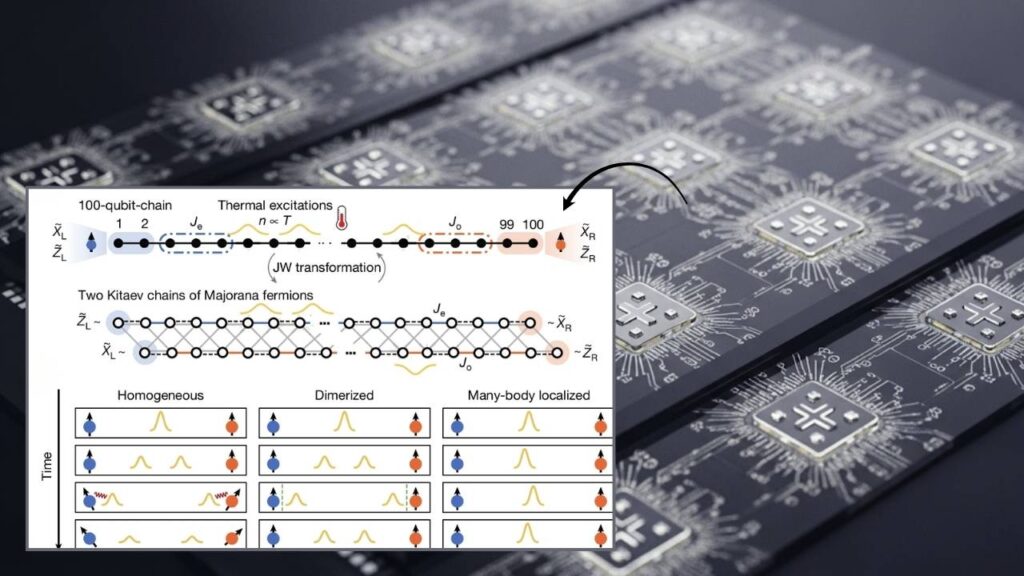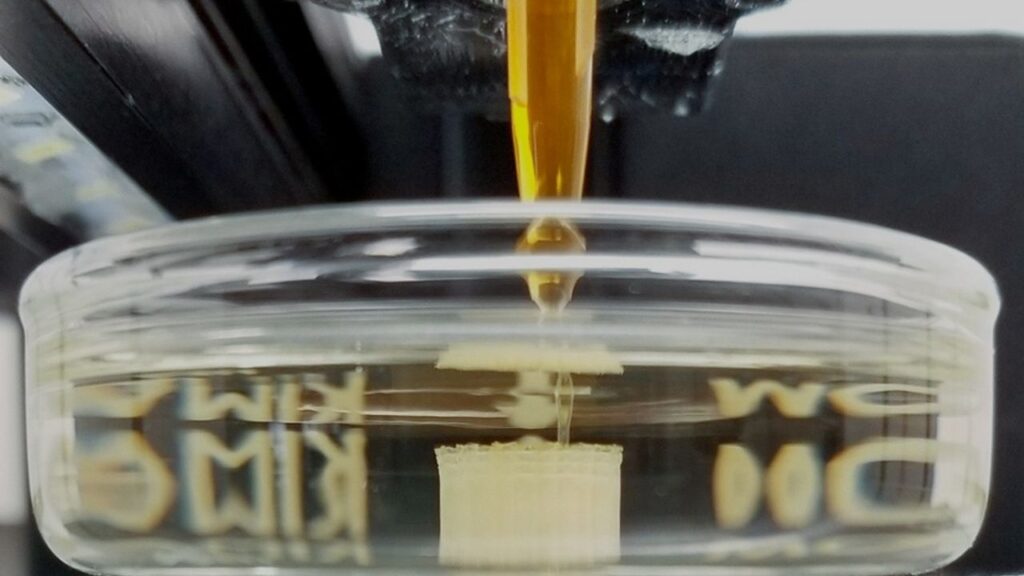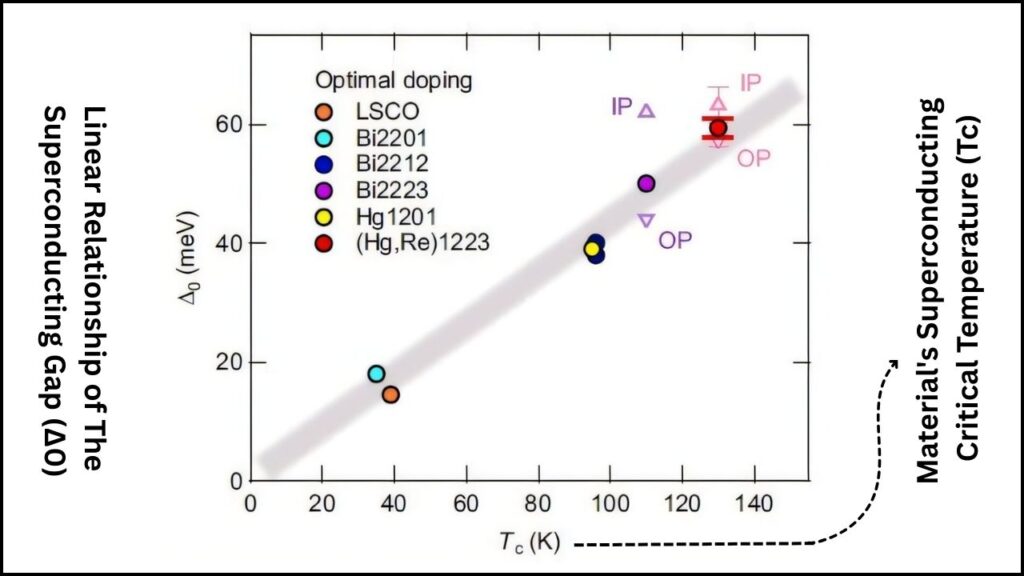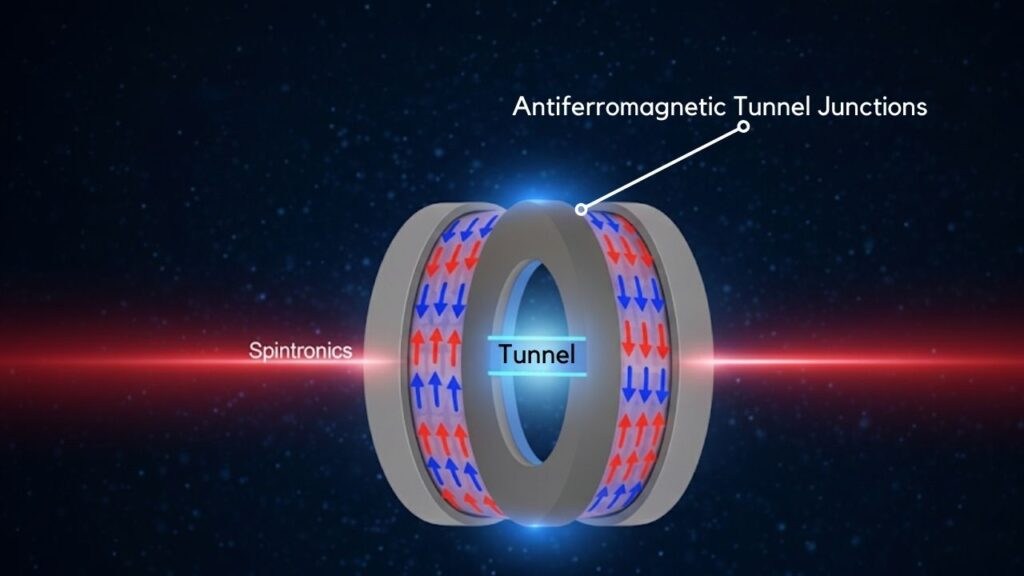Quantum skyrmions created with light—these five words mark one of the most exciting breakthroughs in science this year. For the first time, researchers have managed to engineer quantum skyrmions, tiny whirlpools of light, at the nanoscale. But what exactly does this mean, and why should anyone, from a curious 10-year-old to a seasoned quantum physicist, care? Let’s dive in together—keeping things simple, fun, and packed with real-world meaning.
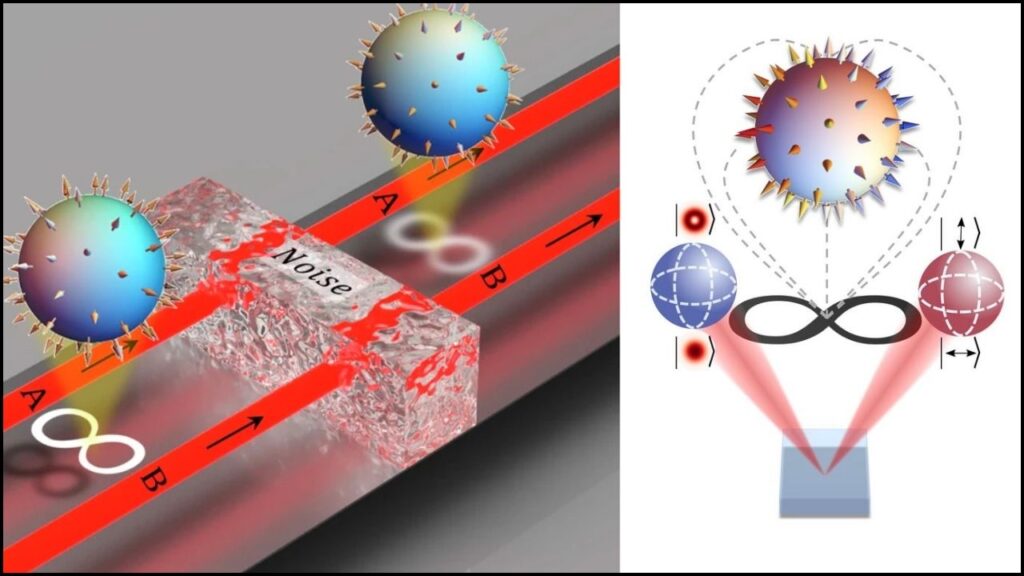
If you’ve ever watched soap bubbles or swirling patterns in your tea, you already have a head start on understanding skyrmions. Imagine those swirls, but instead of water or soap, picture them happening in light itself—tiny, twisty patterns that hold their shape even when poked or prodded. That’s the secret ingredient: topological protection. These swirls are tough little knots of light, resistant to disturbances that would mess up ordinary signals.
What’s new? Until now, skyrmions were mostly seen in magnets or special liquids. But in 2025, scientists unveiled the first quantum skyrmions made with light—packets of photons (the smallest bits of light) that carry these amazing swirls inside them. This opens a whole new world for nanophotonics (the science of trapping and shaping light at the tiniest scales) and quantum technologies (like super-fast, super-secure computers and networks).
Table of Contents
Quantum Skyrmions Created with Light
| Section | Key Points | Key Data/Stats | Career/Professional Insights |
|---|---|---|---|
| What Are Quantum Skyrmions? | Special quantum states in light, swirl-like, and resistant to small disturbances due to mathematical topology. | First quantum optical skyrmions created in 2025. | Growing demand for quantum physicists, engineers, and nanotech experts worldwide. |
| How Are They Made? | Semiconductor quantum dots + microcavities = Single-photon skyrmions with programmable polarity. | Polarity can be flipped using magnetic fields (Zeeman effect). | Prototype devices in labs; commercial use still in the future. |
| Why Do They Matter? | Enable robust quantum storage, computing, and communication due to their unique topological protection. | Skyrmions may encode more quantum information than traditional qubits. | Multidisciplinary teams (physics, engineering, computer science) are key for progress. |
| Applications | Quantum computing, secure networks, error-resistant memory, optical communications. | Research labs in Europe, North America, and Asia are leading. | Fast-growing job market in quantum tech and photonics; new startups and roles emerging. |
| Challenges | Must solve optical losses, control noise, and scale up reliably for industrial use. | Lab prototypes exist; practical devices may take years. | Skills in nanofabrication, quantum optics, and materials science are highly valuable. |
Quantum skyrmions created with light have just lit a spark that could transform technology as we know it. Combining nanophotonics and quantum mechanics, these resilient light swirls offer a glimpse of a future with ultra-fast, ultra-secure computers, unhackable networks, and ultra-dense memory. While scaling and integration remain major challenges, the global race is on—and the opportunities for students, professionals, and society are vast.
If you’re a youngster wondering about the future, picture a world where your games stream instantly, your data is never stolen, and scientists cure diseases faster than ever—all thanks to tiny whirlpools of light invented by curious, creative people. If you’re a professional, now is the time to upskill, get involved, and help build this new era.
Official Resource: Nature Physics, July 2025 (Link included for reference only, as requested.)
What Are Quantum Skyrmions? (If You’re Curious or 10 Years Old)
Imagine you’re building a sandcastle. The water swirls make little valleys and peaks—and if you’re careful, the pattern stays even after a small wave. That’s a bit like a skyrmion—a persistent, self-contained swirl. Now, quantum skyrmions are like those swirls, but happening in light or quantum spin states, not water or sand.
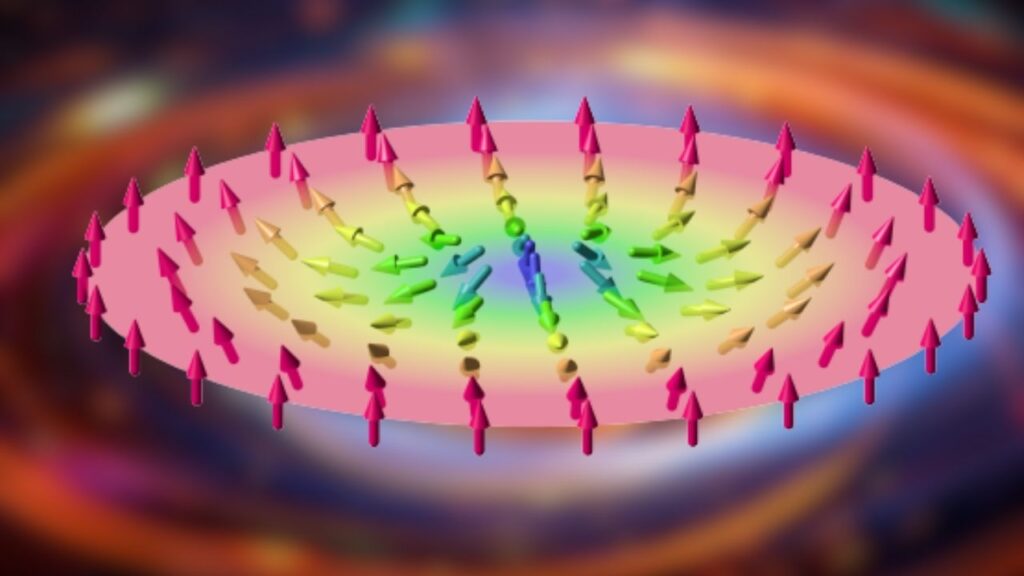
At the quantum level, these swirls are protected by mathematical rules. That means no small shake or jiggle can easily erase them. This is called topological protection, a fancy term for “really hard to mess up.” For computer chips and networks, this is a game-changer—because most digital signals today get jumbled by noise, heat, or interference.
The Big Breakthrough: How Scientists Made Quantum Skyrmions with Light
Let’s walk through the process step by step, as if we’re explaining it to a young scientist or a professional just entering the field.
Step 1: Build a Quantum “Light Bulb” (Quantum Emitter)
At the heart of the experiment is a quantum dot. This is a super-small crystal—smaller than a virus—that can emit a single photon (a tiny flash of light) when excited. Quantum dots are like nano-LEDs, controllable and precise.
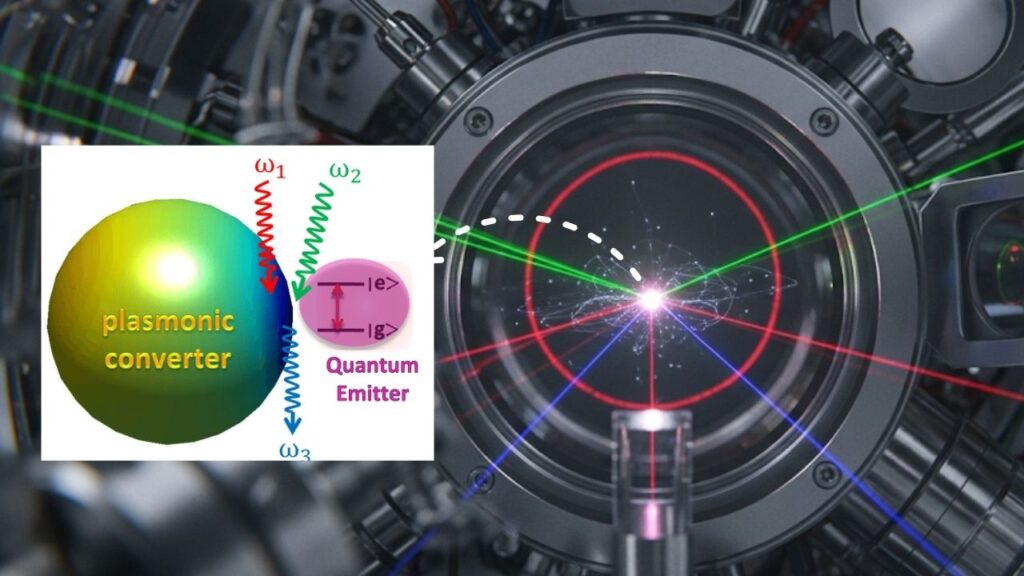
Step 2: Trap the Light Inside a Microscopic Mirror Box (Microcavity)
The quantum dot is placed inside a microcavity, which is a set of special mirrors that bounce light back and forth. This setup lets scientists control exactly how the light behaves—its color, direction, and polarization (the way the light “waves” wiggle). The microcavity is so small, it’s a nano-environment—like a microscale dance floor for photons.
Step 3: Engineer the Whirlpool (Skyrmion Creation)
By carefully designing the cavity and using a magnetic field (thanks to the Zeeman effect), researchers can coax the light into forming a quantum skyrmion. The light inside the cavity twists and swirls in a special, mathematically defined pattern—almost like a microscopic tornado that can’t be easily straightened out.
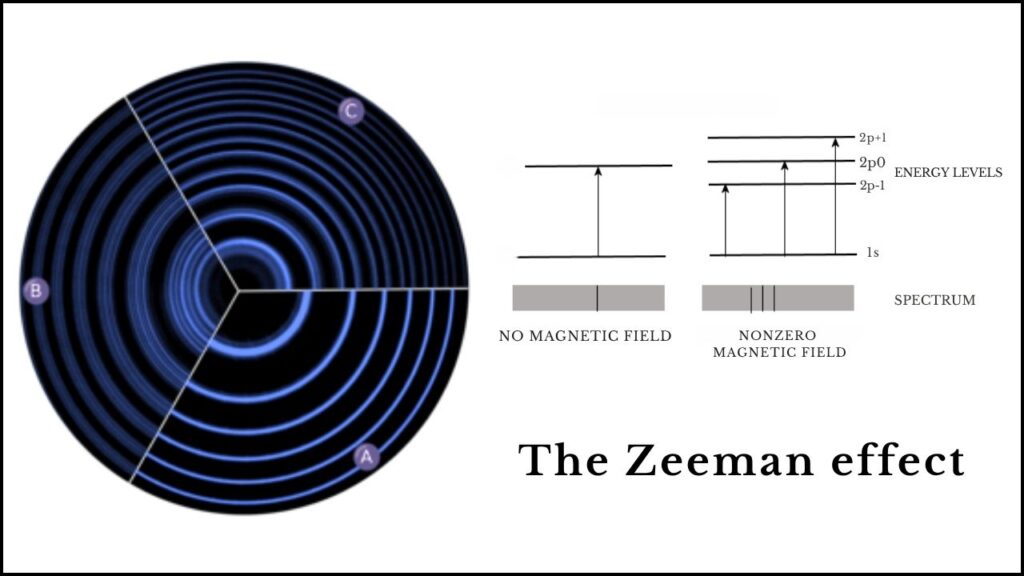
Step 4: Flip the Switch and Control the Skyrmion (Polarity Flips)
One of the coolest things about these skyrmions? Their swirl (polarity) can be flipped with a magnetic field, instantly changing the encoded information. This makes them potential candidates for quantum bits (qubits) that are both stable and programmable.
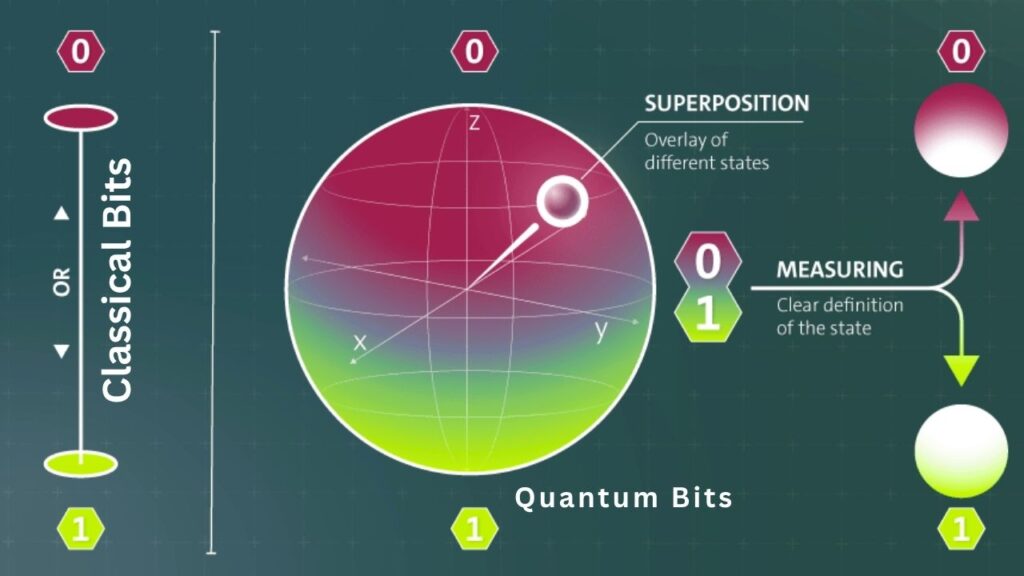
Step 5: Test for Robustness (Topological Protection)
Scientists then disturb the system—adding noise, vibration, or other mess—to see if the skyrmion breaks. Because of topological protection, the swirl mostly keeps its shape. This robust behavior is what makes skyrmions exciting for future tech.
Why Should You Care? Real-World Applications
So, we’ve made a microscopic light swirl. Who cares? Well, you should—because this science could lead to technologies that change how we compute, communicate, and store information.
Quantum Computing: Faster Brains for AI, Science, and Business
Quantum computers promise to solve problems millions of times faster than today’s supercomputers, from discovering new medicines to cracking encryption. But today’s quantum bits are fragile, easily ruined by noise and heat. Quantum skyrmions could be the resilient qubits we need, lasting much longer and making quantum computers more practical.
Example: Drug Discovery
Imagine you want to find a new medicine. Simulating all the possible molecules is so complex, even the fastest supercomputers take weeks or months. A quantum computer with skyrmion qubits might do the job in hours, accelerating drug discovery and saving lives.
Secure Communication: Unhackable Networks
Quantum skyrmions can also be used in quantum networks. Because their information is protected by topology, it’s extremely difficult to intercept or corrupt. This could make the internet and financial networks much safer.
Example: Banking
If your bank uses skyrmion-based quantum encryption, hackers trying to steal your info would find it almost impossible to copy or crack the data. Your money stays safer.
Optical Communication: Speedier, Smoother Internet
The fiber-optic cables that power the internet work by shooting light pulses. If those pulses are skyrmions, they could carry more information per photon and resist interference (like noise from other signals). This could speed up the internet and make streaming, gaming, and cloud storage even smoother.
Quantum Memory: Next-Generation Storage
Today’s computer memory (RAM, hard drives) has limits in speed and size. Quantum memory using skyrmions could store far more data in far less space, with less energy use. This is critical for big data, AI, and beyond.
Technical Challenges and the Path Forward
No technology is perfect right away, and quantum skyrmions are no different. Here are the main challenges scientists and engineers are working on now:
1. Scaling Up: From Lab to Factory
Making one skyrmion in a lab is amazing. Making millions reliably, cheaply, and at room temperature is another story. The equipment needed is super-sensitive and expensive. Researchers are working on integrated photonic chips that could mass-produce skyrmion devices.
2. Fighting Noise and Losses
Topological protection is great, but it’s not magic. Some disturbances can still break up skyrmions, especially at higher temperatures or in messy environments. Engineers are exploring new materials and better isolation techniques to keep skyrmions stable.
3. Integration with Existing Tech
Today’s computers, phones, and networks use classical electronics. Quantum skyrmion devices will need to talk to these systems seamlessly. This means inventing new standards, interfaces, and protocols—a massive engineering challenge, but one that’s being tackled globally.
The Future of Work: Careers in Quantum Skyrmion Technology
If this all sounds exciting, here’s something even better: there will be jobs. The field of quantum information science is exploding, and quantum photonics (light-based quantum tech) is at the cutting edge. Here’s what professionals can expect:
- Physicists and Engineers: Designing, building, and testing skyrmion devices.
- Materials Scientists: Developing new nano-materials to host skyrmions.
- Computer Scientists: Writing new algorithms to harness skyrmion power.
- Technicians and Fabricators: Manufacturing and scaling up the hardware.
Universities, tech giants, and startups are all racing to recruit talent for these roles. If you’re a student or young professional, physics, engineering, computer science, and materials science are great fields to start.
Quantum Scientists Propose New ‘Zeroth Law’ of Entanglement That May Reshape Physics
New Discovery in Atomic Physics Could Unlock Powerful Quantum Behaviors in Ultra-Cold Matter
Time May Not Be What We Think—Quantum-Scale Study Challenges Fundamental Physics
FAQs About Quantum Skyrmions Created with Light
Q: Are quantum skyrmions like regular magnets?
A: No, not really. Regular skyrmions are found in magnets and spin liquids, but quantum skyrmions are swirls in light or quantum states, not iron or nickel. Their “swirl” is made of photons or spins, not magnetic domains.
Q: Can I buy a quantum skyrmion device today?
A: Not yet. Right now, quantum skyrmions are lab experiments. But progress is rapid. Expect the first products—likely sensors, specialized quantum processors, or secure communication chips—in five to ten years.
Q: Are skyrmions the only kind of quantum information carrier?
A: No, but they are a promising new option. Other qubits use ions, superconductors, or defects in diamonds. Skyrmions offer natural protection against errors, a big advantage.
Q: How do I learn more or get involved?
A: Study physics, engineering, or computer science. Universities and research institutes around the world are expanding their quantum programs. Look for summer schools, online courses, and internships in nanophotonics and quantum computing.
